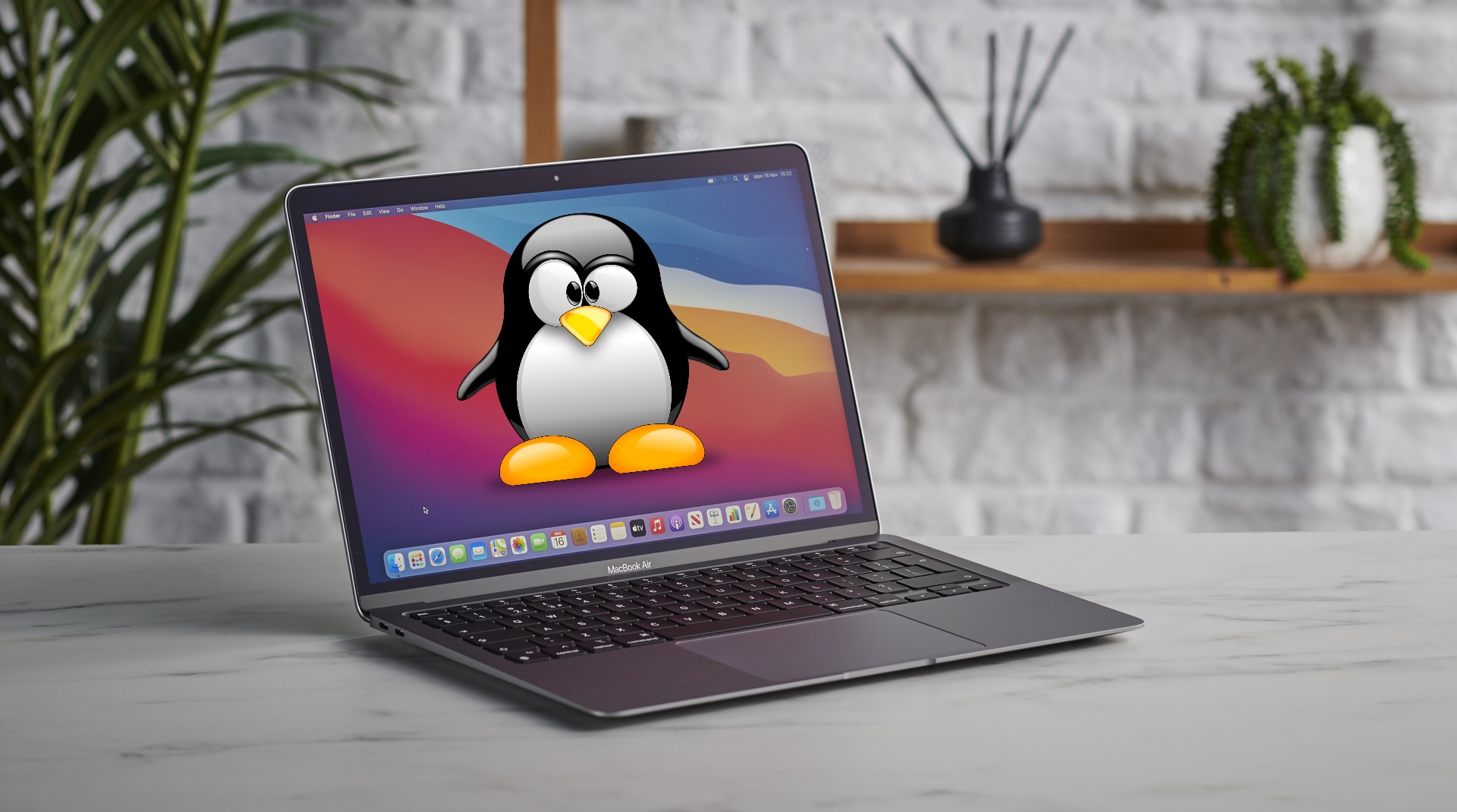Half of the reason to buy a Mac is to get native support for macOS, but that doesn’t mean Mac owners don’t also suffer from the grass-is-greener syndrome. While Apple’s operating system is known for being casual friendly and is also the OS system people who grew up on its products might be more familiar with, PC users are always quick to point out that the extra steps it adds to actions like installing programs can slow down more serious work. It’s currently possible to
emulate Windows for ARM
on Apple’s latest M1 Macs, but what if you want to take your power user cred a step further and use Linux on your new M1 Mac?
According to ARM-based Linux virtualization startup Correlium, now you can – but there’s a bit of a catch.
More to show that it’s possible than anything else, Correlium first posted hints of an M1 version of Linux to its Twitter account on January 15th.
We had some spare time today so we ported Linux to the M1. Releasing tomorrow #fridayfun pic.twitter.com/dCrXApyKefJanuary 16, 2021
Correlium CTO Chris Wade then made the beta build the group was using publicly available the following day but warned that it was for “advanced users only” as it didn’t have USB support at the time.
Now, the group has pushed a new release that adds AIC, UUART, and SMP support, with Wade promising that the group’s next goal is to add “DART, USB, and maybe PCIE (if time persists).”
This adds AIC, UART & SMP. We will push DART, USB and maybe PCIE (if time permits) next. It also looks like tomorrow you will also be able to boot Linux on the M1 with Pongo. Big thanks to the whole @CorelliumHQ team and to @never_released and @qwertyoruiopz for their assistance. https://t.co/tKscy0LUWeJanuary 19, 2021
What does all that mean? Well, now you can technically load Linux on an M1 Mac, though certain connection standards won’t be supported, and you also won’t be able to take advantage of the M1’s graphics. So while this is more versatile than the January 15th release, it’s still a long way from being as useful as Linux is on older, Intel-based Macs (which still isn’t saying much).
That’s to be expected from such a new chip, as even Windows running on M1 currently does so through emulation (though Apple is open to native support). Still, this marks a major step forward for the Linux on M1 and even Linux on ARM scene, particularly when it comes to Wade’s promise of PongoOS support.
So how will you boot third-party operating systems on arm64 Macs?You might have seen that pongoOS has been getting a ton of work in the recent past, and even more is coming. This work will allow us to support pongoOS as a second-stage bootloader for Apple Silicon-based Macs.November 13, 2020
PongoOS is essentially a pre-boot execution environment built with Apple Silicon in mind, with the intention of loading third-party operating systems on chips like M1. It’s been expected to pave the way for Linux on Apple Silicon since late last year, so it’s exciting to see that coming true, even if it’s still primitive.
As for why this is something you’d want to do, we find it best to refer to Linux creator Linus Torvalds.
“I’ve been waiting for an ARM laptop that can run Linux for a long time,” he wrote last November on the
Real World technologies
forum. “The new Air would be almost perfect, except for the OS.”
Despite not always having the absolute best hardware, Macs are still built to run consistently and feel premium. That’s valuable for a lot of users, including power users, especially those who grew up with the Mac.
“I have fairly fond memories of the 11″ Macbook Air (I think 4,1) that I used about a decade ago,” Torvalds explained. “But [I] moved away from because it took Apple too long to fix the screen – and by the time they did, I’d moved on to better laptops, and Apple had moved on to make Linux less convenient.”
Here’s hoping that, as developers get more familiar with them, Apple’s ARM-based laptops don’t follow the same path.
